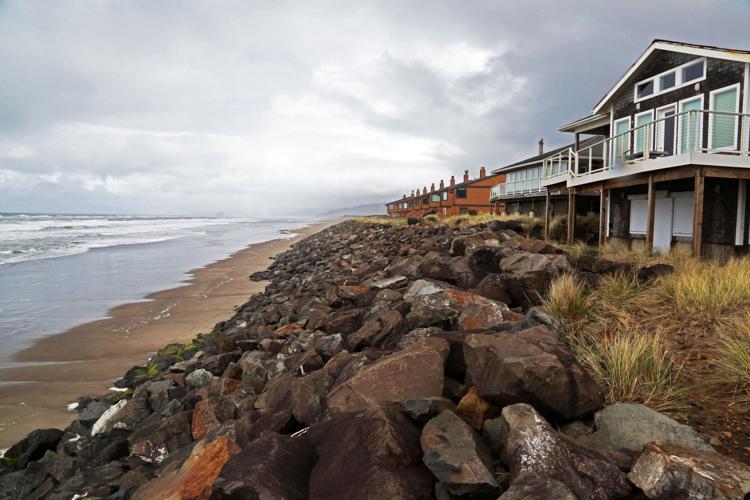
New NCCOS-sponsored research focused on the Oregon coast shows that armoring properties threatened by shoreline erosion economically benefits the owners of such properties at the expense of adjacent, at-risk, unarmored properties. Common shoreline armoring structures include rock revetments (“rip-rap”), seawalls, and breakwaters, which protect coastal property by holding back the sea and preventing the loss of sediment.
Analyzing the Oregon oceanfront housing market from 2004–2015, the researchers found that armoring properties legally eligible for such protection can increase their value by 13 to 22 percent, but adjacent properties ineligible for armoring sell for 8 percent less, due to the potential for increased damage from deflected wave action. Adjacent properties not vulnerable to erosion are not affected either way.
Oregon’s land use rules aim to protect beaches and dunes from over-development, which includes a prohibition on “armoring” private property. Only properties developed or slated for development prior to January 1, 1977 are exempt from the restriction on shoreline armoring. A consequence of this land use policy is that armored shoreline properties can change sediment flows and redirect wave action to erode shoreline at adjacent, unarmored properties.
For more on this study from Oregon State University (OSU) researchers, see the related OSU Press Release.
This research was supported by the NCCOS socioeconomics project, A Multidisciplinary, Integrative Approach to Valuing Ecosystem Services from Natural Infrastructure.
